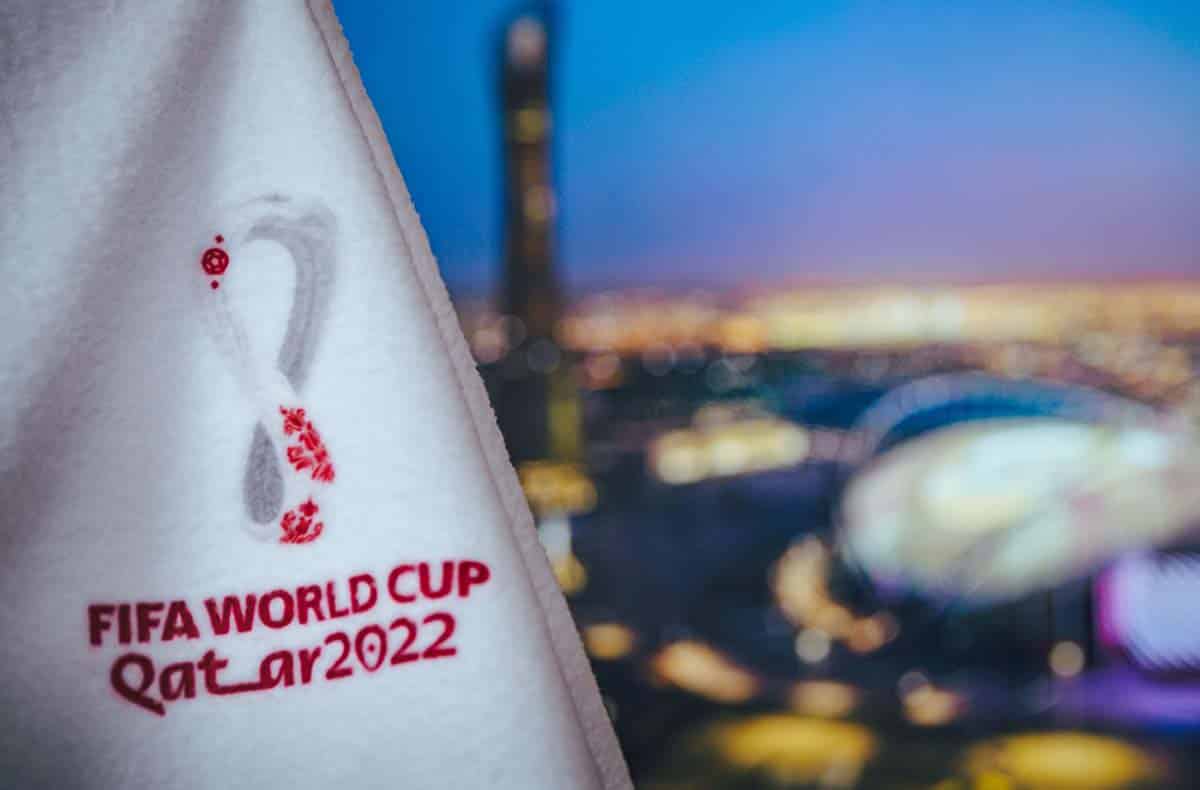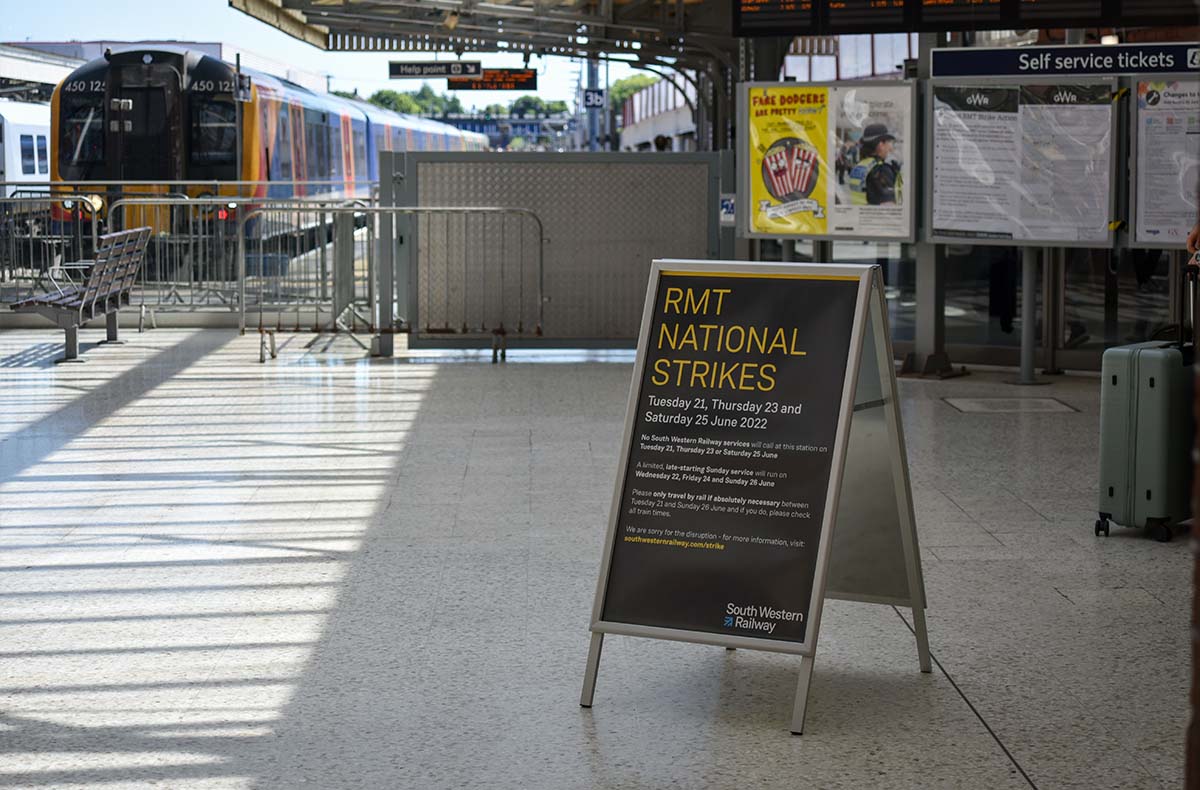
On the face of it, the FIFA World Cup has always been a sun-soaked summer bonanza of the beautiful game where memories are made, and hearts lifted or broken. Think here of 1966 and England’s victory over West Germany in a classic final at Wembley which seemed to sit alongside the social changes of that decade, defining an age. Others can be pulled from the hat: Italy were hosts in 1990 when Cameroon burst onto the international scene and Pavarotti ushered opera into the homes of the masses with his rendition of “Nessun Dorma.” Further back: Sweden in 1958 announced the arrival of Pele, one of the game’s all-time greats.
These tournaments live long in the memory of the men’s game, providing a technicolour ledger of who’s up and who’s down in what is simply the greatest sporting show on Earth. This comes but once every four years and is a golden opportunity for the host nation to showcase itself to a watching audience of billions. We are about to embark on this again, though things are not quite as you might expect.
Back in 2010, there was palpable shock when Qatar, a tiny Middle Eastern country of two million inhabitants outmanœuvred the United States, Australia, South Kora and Japan to win the race to stage the 2022 tournament. Doing so was a coup for the Arab world, or a “bold gamble” by football’s governing body FIFA, as the Qatari bid’s chief executive, Hassan Al-Thawadi, put it at the time.
It was one which came with strings attached, not least the blistering heat of Qatar in summer, which explains why the games will take place from 21 November to mid-December. A much more significant issue has been the hidden human cost to staging what Amnesty International has called “the World Cup of shame.”
The human rights group, alongside other campaigners, has pointed to forced migrant labour among the many thousands building or redeveloping stadiums and infrastructure. The numbers are unclear, but workers have certainly died in the race to get the country ready. Organisers say only a handful have been killed, while others believe the actual number of unexplained deaths runs into thousands.
That was a theme picked up by kit manufacturer, Hummel, in September. Alongside an image of the Denmark jersey for the finals the company explained why they had “toned down” their design, saying, “We don’t wish to be visible during a tournament that has cost thousands of people their lives. We support the Danish national team all the way, but that isn’t the same as supporting Qatar as a host nation.” It should be pointed out that there has been legislative reform by the Qatari government in recent times, though conditions remain harsh for many. As for FIFA, they say they are “committed to respecting all internationally recognised human rights” and will “promote the protection of these rights.”
Yet to those with longer memories, controversial World Cup destinations are nothing new. In fact, one only needs to rewind four years to the last time the finals were held—in Russia. The focus then was on the autocratic nature of Vladimir Putin’s regime, which has since come into much sharper focus with the war in Ukraine.
During the finals the Russian authorities cracked down on anti-corruption demonstrations, as well as protests over human rights abuses in the years after Putin had annexed Crimea.
Russia, like Qatar, did have the financial means to stage the World Cup. In FIFA’s eyes, that is a key consideration, having had its fingers burned once before. The World Cup that never came to pass belonged to Colombia, the country was set to host the 1986 finals but pulled out, unable to meet the requirements of building stadiums, roads, and airports.
Money and rights issues are intertwined running themes through the competition’s history. In South Africa, in 2010, there were protests and confrontations with the police over pay. This followed widespread harassment and arrest of homeless people, with police tearing down inner-city shelters, with the purpose of sprucing up the streets as the World Cup rolled into town.
FIFA’s aim is to spread the football gospel—not limiting the finals to the game’s traditional powerhouses. This can be a positive thing of course, but it hardly ever comes without risk. Take Spain in 1982, that country was still in the early stages of restoring its democracy after long years of repressive dictatorship under General Franco. The image of the new modern progressive Spain shone through, and the final outcome was a success.
Four years previously, when Argentina won the tournament on home soil, the country remained in the grip of a nightmare. Thousands of citizens—academics, artists, those on the political left —were “disappeared” at the hands of a brutal right-wing military regime. Of all the World Cup whitewashing public relations coups, this was the biggest. Argentina’s economy was in meltdown, people feared daily for their safety and amid all this was a major football tournament the Generals were desperate to exploit.
Quietly, there was resistance. The Argentina players were told privately by the manager, César Luis Menotti, to win for the workers, while those preparing the grounds for matches took to painting the base of the goalposts black. This was as a highly visible symbol representing black armbands of mourning; a gesture sold to the military rulers as footballing tradition in the country.
All of this goes to show that though the Qatar World Cup of 2022 will have its controversies it is merely the latest in a long line.


